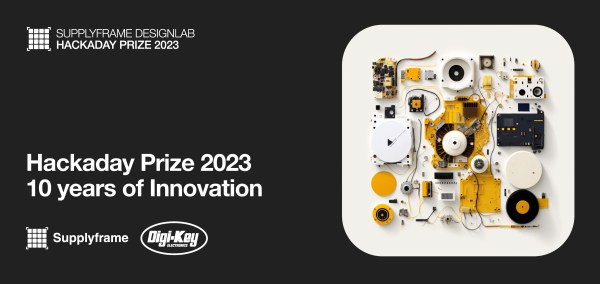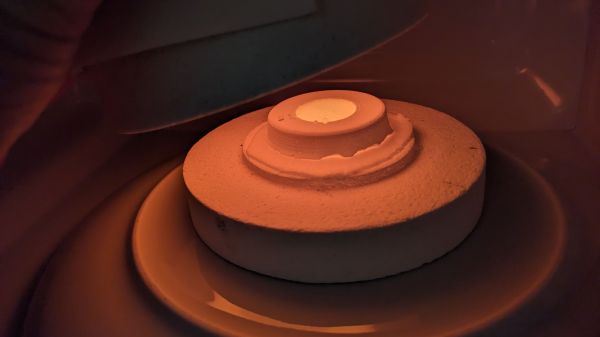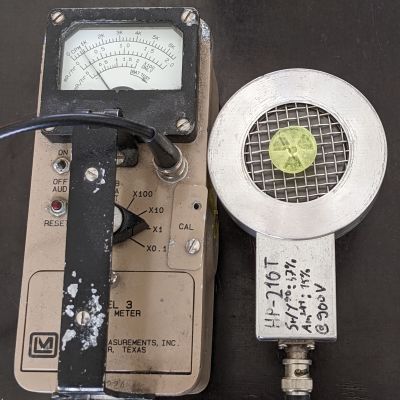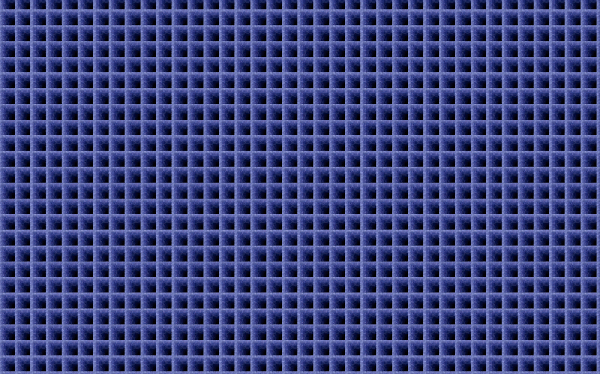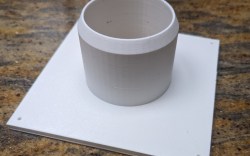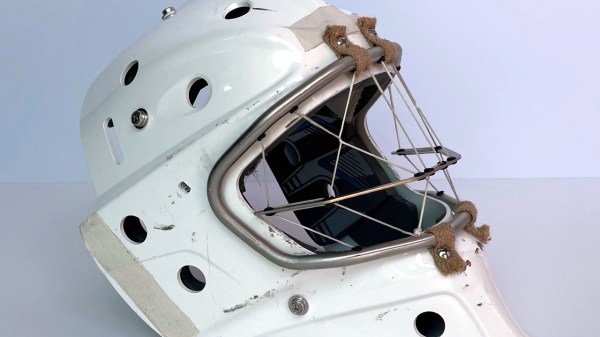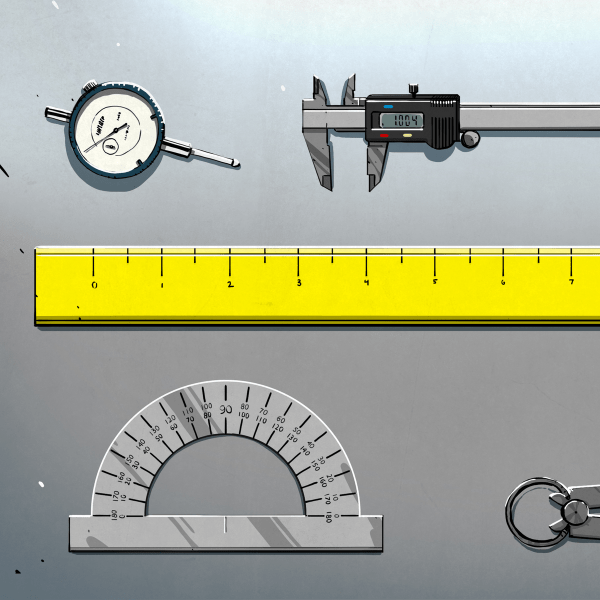While roaming the halls of Vintage Computer Festival East 2023, we ran into [Adrian Black], who was eager to talk about the importance of classic computing in his own life and how his experience hosting the YouTube channel Adrian’s Digital Basement has impacted him these last few years.
On his channel, [Adrian] spends most of his time repairing vintage systems or exploring little-known aspects of hardware from the early days of desktop computing. His exploits have brought him to the pages of Hackaday in the past, most recently just last month, when we covered his work to add an RGB interface to a mid-1990s Sony Trinitron CRT display. But in talking to him, you quickly realize he’d be working on the very same projects whether the camera was rolling or not. He’s not out to game the YouTube algorithm; he’s just having a good time in the basement poking around with the sort of old gear that at one time would have been completely out of reach.
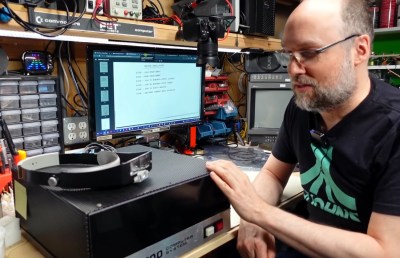
In fact, it’s this sense of nostalgia that [Adrian] believes is responsible not just for the growing popularity of his channel but for the retrocomputing community as a whole. For many who grew up with these machines, they were far too expensive or complex to ever crack open (literally and figuratively) when they were new. Now, decades later, people like himself finally find themselves able to buy and enjoy these once-coveted objects.
Critically, they now also have the skills to do them justice, not to mention access to a worldwide community of like-minded folks who are still producing hardware and software that can be used with these classic machines. For those of a certain age, it’s literally a dream come true.
[Adrian] was just one of the retro aficionados we got a chance to talk to during VCF East 2023. We already brought you the chat we had with [Andy Geppert] about magnetic core memory and his Core64 device, but there’s plenty more to come. Stay tuned.
Continue reading “VCF East 2023: Adrian Black On Keeping Retro Alive”



